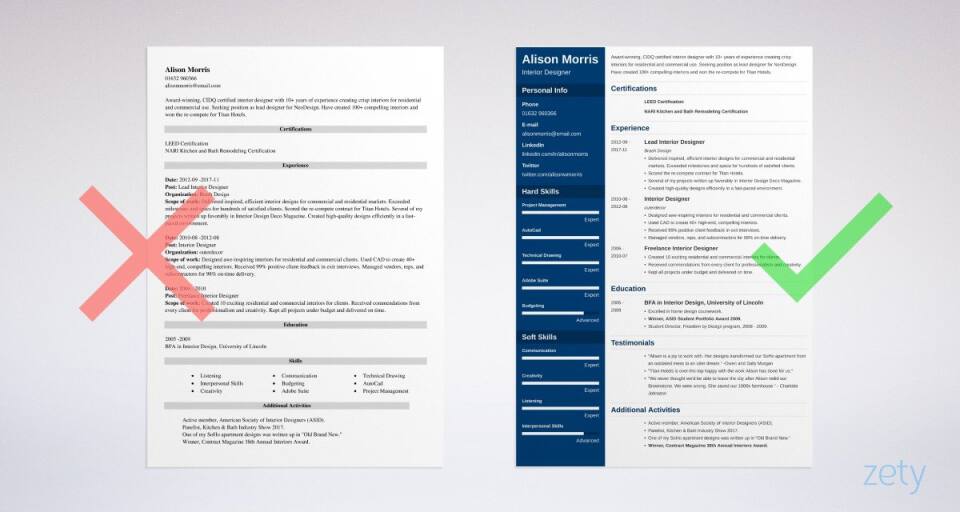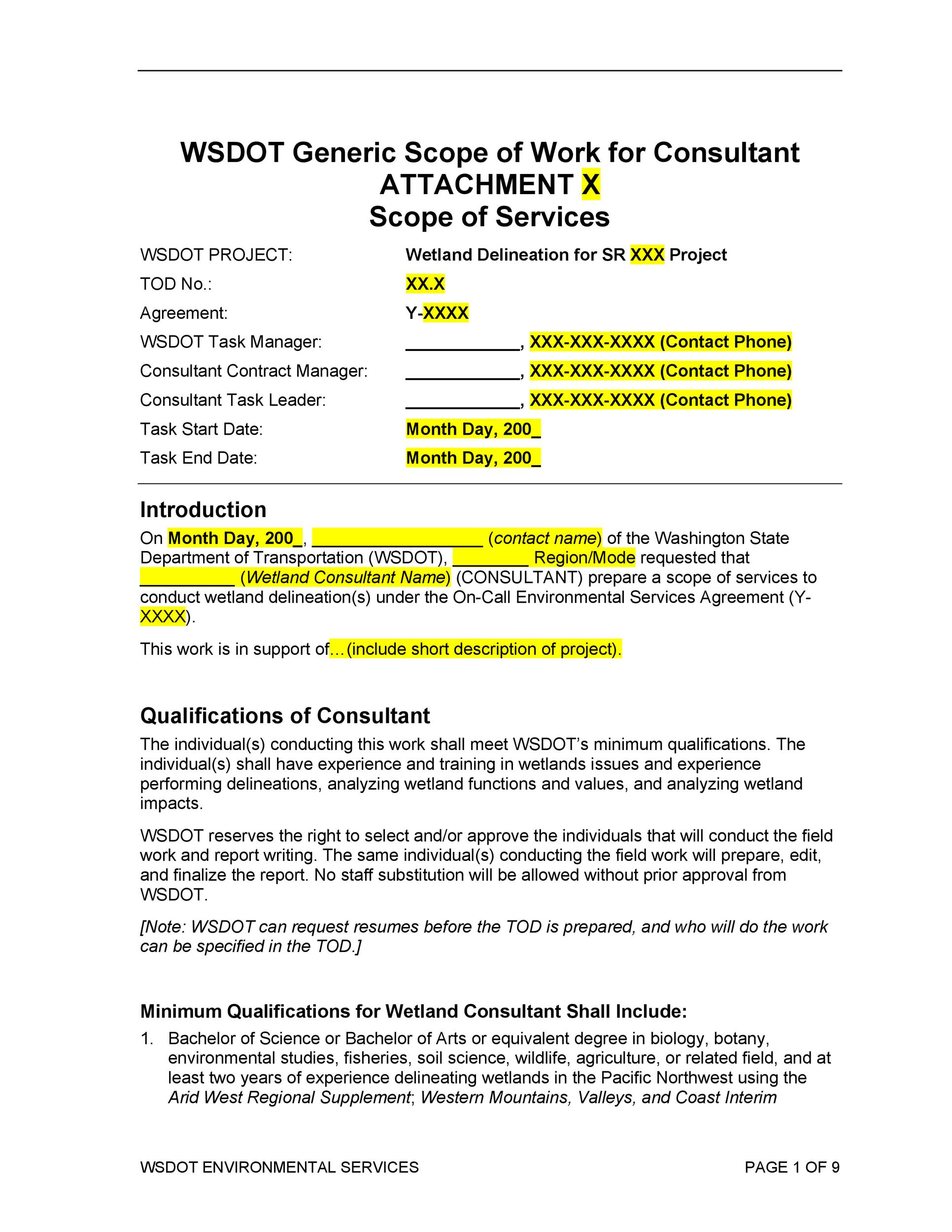Picture this: you’ve finally decided to renovate your home, a dream you’ve nurtured for years. You envision a stylish, functional space that reflects your personality. But with so many details to consider – color palettes, furniture choices, lighting fixtures – the sheer magnitude of the project can be overwhelming. That’s where interior designers come in, offering their expertise and guiding you through the process.

Image: www.77jh.net
However, before embarking on this exciting journey, it’s crucial to establish a clear understanding of what’s included in their services. This is where the ‘Scope of Work’ document comes in. This document outlines the designer’s responsibilities, deliverables, timelines, and fees, ensuring clear expectations and a seamless collaboration.
Defining the Scope of Work
The Scope of Work, often referred to as ‘SOW’, is a contract between you and the interior designer that acts as a roadmap for the entire project. It clearly defines the designer’s duties and the client’s responsibilities, minimizing misunderstandings and potential disagreements.
A well-structured Scope of Work document must encompass various components, beginning with a detailed project overview. It should specify the project’s objective, whether it’s a full-scale renovation, a room makeover, or simple styling. This should be further complemented by a comprehensive project timeline, with specific milestones and deadlines for tasks such as design development, sourcing materials, and project completion.
Understanding the Essence of Scope of Work
Beyond the basic project parameters, the Scope of Work delves into the heart of the design process. It should outline the design services included, whether it’s space planning, furniture selection, color palettes, material specifications, or even project management. The document should clearly state whether these services are included in the initial fee or require additional charges.
Essential Components of a SOW
A comprehensive Scope of Work document should include several crucial elements:
- Project Overview: A clear description of the project’s intent, including the space to be designed and the desired outcome.
- Scope of Services: A detailed list of services provided by the designer, such as space planning, furniture selection, material procurement, and project management.
- Project Timeline: A comprehensive schedule outlining key milestones and deadlines, ensuring a smooth progression of the project.
- Budget and Payments: A transparent breakdown of project costs, including fees for design services, materials, and labor.
- Communication Plan: Methods for communication between the designer and the client, ensuring timely updates and resolution of issues.
- Project Team: Identification of other professionals involved in the project, such as contractors, architects, or suppliers.
- Warranty and Liability: Details about the designer’s warranty coverage and liability for any damages or defects.
- Design Style and Preferences: A clear understanding of the client’s desired aesthetic, including preferred colors, materials, and furniture styles.
- Design Collaboration: Whether the client can provide input throughout the design process.

Image: old.sermitsiaq.ag
Navigating the Scope of Work for Design Services
The Scope of Work is a vital instrument for achieving a successful interior design project. It sets forth clear expectations, minimizes misunderstandings, and ensures a smooth workflow. When reviewing a Scope of Work, it’s essential to be meticulous and inquire regarding:
- Project Timeline: This clarifies the anticipated project duration and helps you manage your expectations.
- Budget and Payment Schedule: Ensures transparency regarding project costs and payment terms.
- Design Deliverables: A clear understanding of the specific design documents and materials you’ll receive.
- Project Team: Understanding who will be working on your project and their respective responsibilities.
- Communication Plan: Ensures a clear channel for communication and updates throughout the project.
Trends and Developments in Interior Design Services
The interior design industry is constantly evolving, adapting to shifts in consumer preferences, technological advances, and the growing awareness of sustainability. Today, there’s a strong emphasis on personalized design solutions that reflect clients’ uniqueness and lifestyle.
Digital technologies are playing an increasingly prominent role, with virtual reality tools and online platforms empowering designers to create immersive experiences for clients and allowing homeowners to visualize their design choices before actual implementation. Sustainable and eco-friendly design principles are gaining traction, with designers incorporating recycled materials, energy-efficient appliances, and mindful design practices to create spaces that minimize environmental impact.
Tips and Expert Advice for a Smooth Design Journey
Navigating the world of interior design can be an exciting but challenging experience. To ensure a fulfilling and successful journey, consider the following tips:
- Clearly Define Your Design Goals: Begin by establishing a clear vision of your desired outcome, including your style preferences, functional requirements, and budget constraints. This will guide your search for an appropriate designer.
- Research and Interview Designers: Do your research to find designers who specialize in your style and have experience in similar projects. Schedule consultations to discuss your vision and get a feel for their approach.
- Request Multiple Scope of Work Documents: Obtain Scope of Work documents from different designers to compare their services, fees, and timelines. This allows for a more informed decision.
- Read and Understand the Scope of Work: Take the time to carefully review every component of the Scope of Work document. Ask questions and seek clarification for anything unclear.
- Negotiate and Communicate: Don’t hesitate to negotiate with the designer if you have concerns or need adjustments to the Scope of Work document. Open communication is key to a successful partnership.
The Scope of Work is your roadmap to a successful interior design project. Its clarity and comprehensiveness will ensure a smooth and enjoyable journey, resulting in a space that reflects your unique personality and fulfills your vision.
FAQs Regarding the Scope of Work
Q: What exactly are design deliverables?
A: Design deliverables are the tangible outputs provided by the designer. These can include floor plans, elevations, material specifications, furniture selections, and renderings. The Scope of Work should clearly state what deliverables are included in the agreed-upon services.
Q: Do I need a separate contract for construction or renovation work?
A: While the Scope of Work might outline project management services, it’s generally recommended to have separate contracts for construction or renovation work. This ensures you have clear agreements with each contractor involved.
Q: How can I protect myself from potential issues or changes during the design process?
A: A clear Scope of Work is essential for outlining project parameters, but also, consider including a ‘change order’ clause that details the process for addressing any project changes, ensuring both parties agree on any adjustments to the original scope or budget.
Scope Of Work For Interior Design Services
Conclusion
The Scope of Work is an indispensable tool for achieving a successful interior design project. By laying out the project’s parameters, services offered, and corresponding responsibilities, it establishes a clear understanding between the designer and the client. Embrace the importance of a comprehensive Scope of Work, and empower yourself to navigate the world of interior design with confidence.
Are you ready to embark on your own design journey? Tell us what you’ve learned about the Scope of Work, and if you have any questions, leave a comment below.






